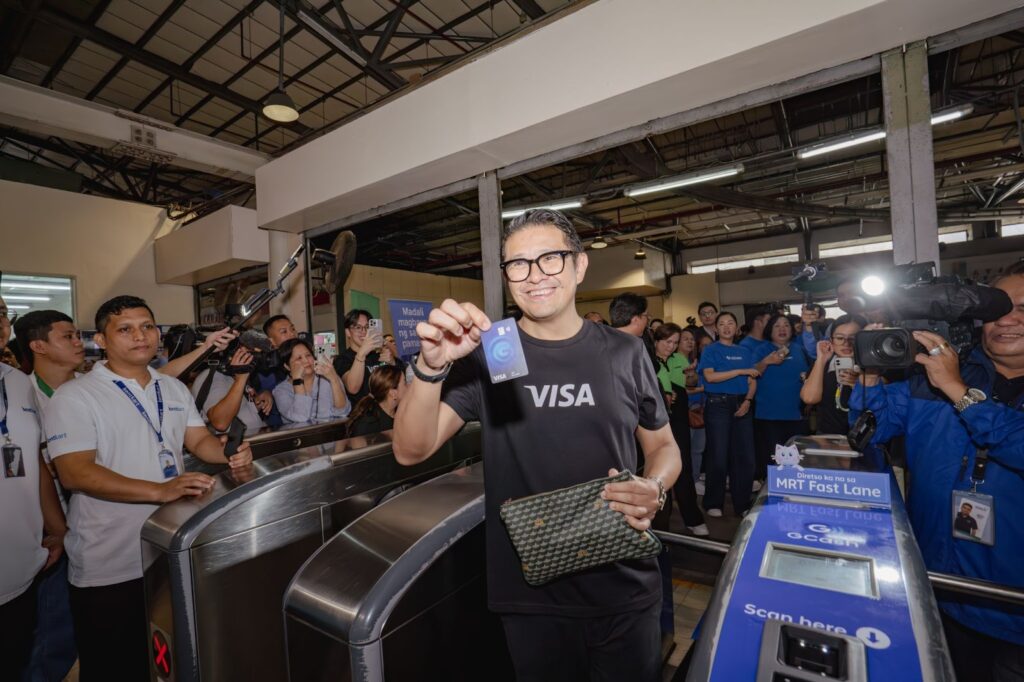Commuting in Metro Manila just became more convenient. The Department of Transportation (DOTr) has officially launched its new cashless payments system at the MRT 3, along with free Wi-Fi access for passengers. This makes the MRT 3 the first rail line in the Philippines to implement a full-scale train electronic fare system that integrates real-time refunds and contactless digital payments.
According to Transportation Secretary Vince Dizon, the adopted fare system is a global first—it charges passengers a flat rate of ₱28 for a full ride, but automatically issues a refund if commuters tap out before the end of the line. This ensures that only the correct fare is deducted, whether using a credit card, debit card, or GCash.
“What will be deducted from your GCash, credit cards, or debit cards is exactly the same amount as a single-journey ticket or Beep card—no hidden fees,” Dizon emphasized.
Currently, bank cards are ready for use while GCash e-wallet users must first register under the “Commute QR” platform and agree to a separate end-user policy. Android phone owners can already take advantage of the “Tap to Pay” feature, and GCash CEO Renren Reyes confirmed they are working to roll out the same feature for iPhone users soon.
While the system is already live, Dizon noted that government-mandated fare discounts for students, seniors, and persons with disabilities (PWDs) are not yet incorporated. “You still need to buy a single-journey ticket to avail of the discount,” he explained. However, partners are working on updating the platform to support these discounted fares in the near future.
The launch also introduced free Wi-Fi access across all MRT 3 stations, a collaboration with the Department of Information and Communications Technology (DICT). DICT Secretary Henry Aguda said this connectivity will soon expand to train cars and other transport hubs nationwide. This move is part of the Marcos administration’s “Broadband ng Masa” initiative, which has already pushed the country’s average internet download speed to 94.4 Mbps in Metro Manila and Calabarzon.
As part of its modernization efforts, the DOTr is also eyeing the expansion of the cashless payment system to LRT Line 1 and LRT Line 2 in the coming months.


